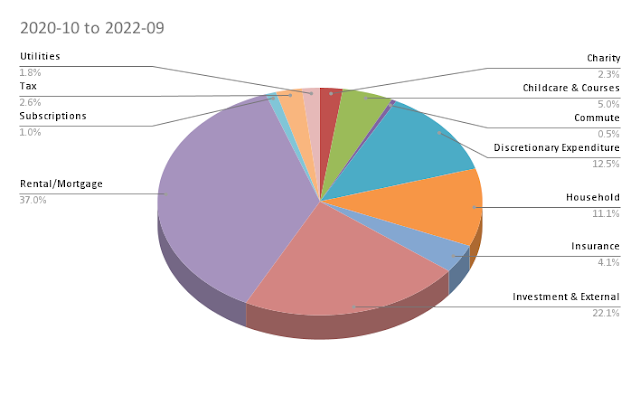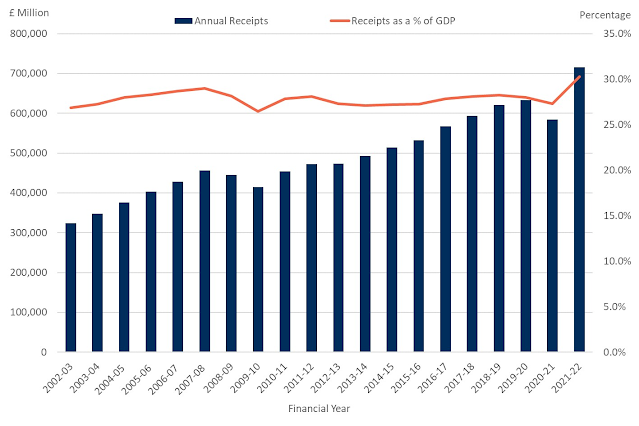2 states: post mortem
The past weekend, when I was in Jakarta, I found enough time to complete Chetan Bhagat's latest novel - "2 states, the story of my marriage". I generally like Chetan's style of writing, but the past two books somehow didn't have the same punch on the story front as his first novel Five Point Someone had. With 2 states, Chetan has presented a solid story with a very good narrative. I enjoyed every page of this book.
Having myself gone through pretty much the same story in my marriage - I am from a conservative Tamil Brahmin family and married a Saxena from Delhi - I can empathize with the characters in the novel. To be sure, Chetan has done a fantastic job of portraying the stereotypes of both the Punjabis and the Tamils. Having been in Delhi for too long and having been very close to many Punjabis over the years, I am also well acquainted with the Punjabi culture. So, I believe I am in a position to appreciate 2 states.
The unfortunate truth is that the story presented in this book is not far from reality. Only 4 years ago, I went through the same, and for all practical purposes, the families considered themselves modern and forward looking. The reality is that the peoples from various regions of India still have too strong an affinity to their own individual customs, that any thought of stepping outside of that and merging into one national identity is too difficult for them to fathom. I am saying not only from a TamBrahm perspective, but inferring the same from my numerous meetings with friends, classmates, colleagues from various places.
The most interesting part is that the peoples are willing to get together and mingle with others for purposes of friendship, wealth creation (business, employment etc) or even for national building (army, sports etc), but never for the concept of finding love, partners or family. Its quite sad.
That said, I have to admit that my generation is doing a wonderful job of breaking this and taking the progress on this front to the next level. My own group (friends, classmates, colleagues) has seen enough marriages across caste, communities, regions, religions and languages that I see immense hope for the next generation. At last, we might able to cut across all lines to find what's most important - love and harmony.
While I have already digressed, I wish to bring my focus back to Chetan's book to indicate what I believe are clear factual mistakes in 2 states. Some are trivial ones - like a Tamil sentence never starts with "Illa ...", its almost always the other way around, but the more serious gap is the projection that Tam Brahms treat the bride and the groom families as equal. He portrays that the bride's family (Tamils) had problems with dowry, or with the expenses or with the gifts. Thats complete and utter nonsense.
Tamils unite with their brothers across the country on this. The bride's family bears the cost and groom's family doesn't. The bride's family showers the expensive gifts and so on. In fact, it is in the north, where marriages make the groom pay for at least something. In the Tamil Brahmin community, nothing, and I repeat, nothing is expended upon by the grooms.
So, this whole part of the story where Chetan is trying to put together an alternative view leaves me rather disappointed. He was free to use his freedom of fiction, till it is not tried down to the stereotype of Tamils, but that didn't seem the case.
Chetan Bhagat's past success makes me believe that there shall be enough people who shall read this one too that there is a real danger that this error might be considered truth. I can't help that, but I hope that my bringing this to fore might help turn the tide the other away.
Any which way, do get a copy and read the book - specially if you are in love with somebody who is outside of your caste, community, region or religion. It will be worth every page you read.

